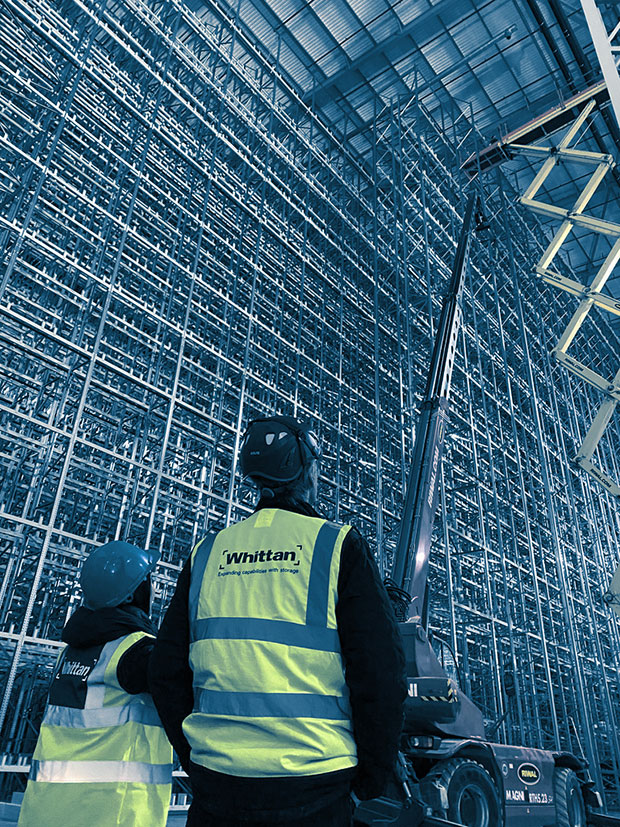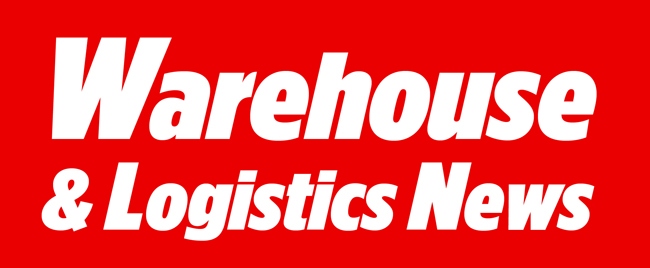As the logistics industry continues to grow, 2024 looks set to bring another wave of new system developments that deliver positive impacts for customers and businesses alike. Staying ahead of industry trends is crucial, whether it’s adapting the racking that’s already in place or implementing new technology. Whittan advises on the trends you might want to consider this year.
 Trend 1: Adapting to Logistic Challenges
Trend 1: Adapting to Logistic Challenges
The online sales boom has delivered huge opportunities for the logistics industry over the last few years. But, at the same time, it has also highlighted three key issues that are affecting a lot of warehouses. The first is space, or the lack of it, leading to an increase in demand for larger units in prime locations. This increase in online sales has also raised customer expectations who demand greater processing accuracy and ever shortening timescales. Finally, increased demand comes with the need to quickly adapt to fluctuating stock demands, varying quantities, and product profiles.
In most cases, these issues are easy to overcome by reviewing the design and type of racking system in your warehouse. Redesign your current system and it can maximise available storage capacity within a space while at the same time improve stock throughput, increase efficiency and offer optimum adaptability.
Trend 2: Warehouse Flexibility
In the current climate, warehouses are evolving into multi-functional spaces with increased storage capacity while also subdividing areas to incorporate different tasks. You may need distinct processing and return areas installed across a multi-tiered structure or split the warehouse into zones for online sales and another for storing retail stock. Alternatively, logistics companies may require solutions suitable and scalable to work in a dark mega-shed warehouse all the way down to smaller units for last-mile delivery.
To create cohesion across all bases it pays to work with a knowledgeable supplier who has the technical knowledge to design a bespoke system that can adapt to business requirements while growing to meet future needs.
Trend 3: Automation, Robotics and AI
With lowering costs and technological advancements in recent years, automation and robotics are increasing their prevalence in warehousing. When merging new technology into racking, the design must still address the same key requirements – utilising the building footprint, optimising stock throughput, and improving processes. However, there are also additional considerations for the structure to ensure it can cope with the additional height and loading weight. Are maintenance areas required, and where will they go? Has the design allowed for clearances during movement and employee-safe working zones?
Get it right, and you can make sure the technology works safely alongside employees and deliver a warehouse that is streamlined and efficient.
Trend 4: Sustainability
Fostering sustainable practices has become a core value for businesses, and warehouses are no exception. With nearly half of the UK’s carbon footprint attributed to import emissions, implementing best practices should begin at the start of your warehouse’s journey.
Strategies such as renewable energy sources, eco-friendly packaging, and recycling programmes are now standard practice. But have you considered how many miles your racking travels on its journey to your warehouse? As a UK-based manufacturer, not only can Whittan provide everything you need for your warehouse but, with shorter distances to travel, they can also reduce the carbon footprint of your equipment while also managing production quality and reducing lead times.
If you’re looking to implement upcoming warehouse trends in 2024, get in touch with Whittan for a free, no obligation consultation. With over 70 years of experience within the industry, we are committed to designing bespoke, turnkey storage solutions that deliver maximum benefits for your warehouse.





Comments are closed.